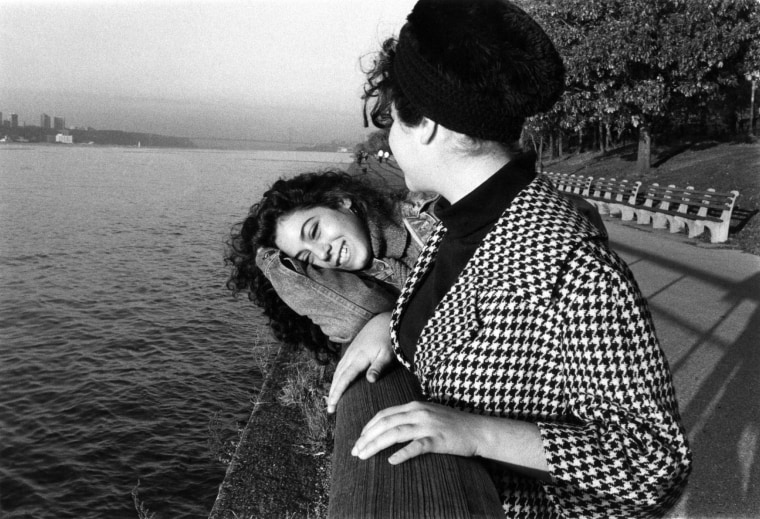As the pandemic approaches the two-year mark, anxieties over transmission and shifting lockdown rules have upended the simple act of spending time together, impacting friendships in ways that will be felt for years to come.
Some have looked longingly at their lives in the “before times,” a phrase that’s become so common that Merriam-Webster has devoted an entire page to its history.
At the cultural crossroads of nostalgia and preparing for an uncertain future comes “Between Girls,” a new photography book by Karen Marshall that shows a group of friends over the course of 30 years, from when they were high school students in 1985 to well into their adulthood in 2015.

“In the strangest of ways, this feels like the absolute right time for this project,” Marshall said.
The book — a reminder of what was possible between friends and what may be possible again after the pandemic — began with a chance meeting between Marshall and Molly Brover, then a 16-year-old high school student in New York City. Brover became a collaborator and connector as she brought Marshall deeper into her world of parties, hangouts and after-school excursions. Marshall photographed everything, amassing a body of work that speaks to teenage life long before the advent of smartphones and social media.
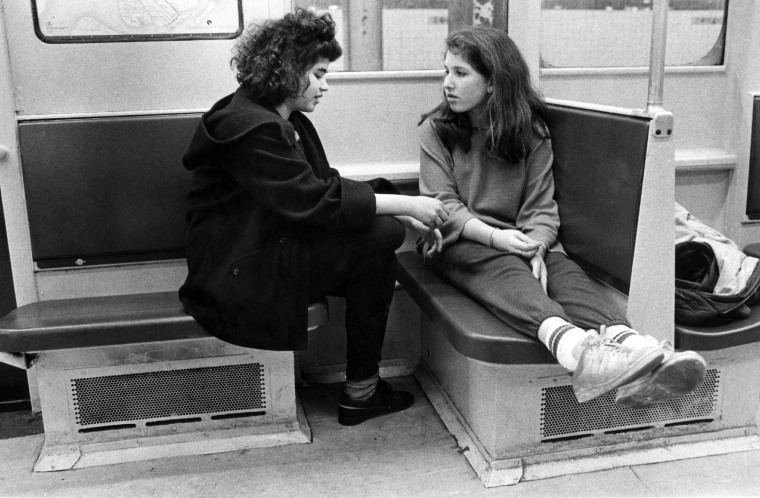
Friendship is, in part, an act of world-building, and in 1985, the girls Marshall photographed created their world together in person. That world, and Marshall’s project, changed irrevocably when Brover was killed while on vacation in Cape Cod, Massachusetts, 10 months later, in 1986.
“I really felt this connection to her so deeply that I felt like it was my responsibility to finish this work,” Marshall said.
The first 80 pages of Marshall’s book are replete with photographs from those first 10 months before Brover’s untimely death. There is both an intimacy and an immediacy to those photographs in how they draw the viewer into the world of this group of friends.
“It’s not often people get to look through a book of their adolescence,” said Jen Goren, who is among the women featured in the book both as a teen and later as an adult.
“Between Girls,” especially in its first 80 pages, offers a much fuller view of the adolescence of self-described “latchkey kids.”
Another significant feature of the early images is the lack of a year in the captions, which are primarily just names and occasionally a location. It lends the photographs a boundless and a timeless feel, which seems to reflect the teenage experience. Life is lived in the moment and can feel like it will last forever.
The photographs after Brover’s death include years in the captions, and the book’s pace quickens. Life picks up speed, and in the ensuing years, Marshall photographed weddings, baby showers, family excursions and the ways in which the lives of these friends intersected in adulthood. As the book progresses, it takes on new forms.
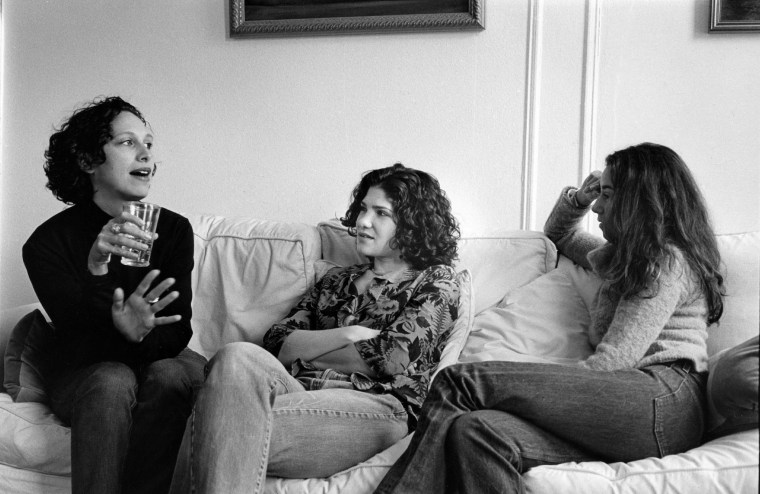
“Between Girls” includes not just Marshall’s images, but also diary entries, family photographs and social media posts, as well as audio and video elements that are accessible via QR codes. In this way, the book charts both technological advances and mirrors the ways in which regular life has been portrayed at different times in popular culture.
“She really was doing something with reality television,” Blake Henry, one of the friends, said. “We were all kinds of characters in our own sense.”
One of the features in the book is a transcript of a video Marshall recorded, accessible via a QR code, in which she brought together Brover’s friends to reflect both on her death and its impact on their lives since. This approach offers another perspective on friendship and how it changes as people age.
The photographs in the book are a stark contrast to what some of the women in the book, like Goren and Henry, are seeing playing out with their children.
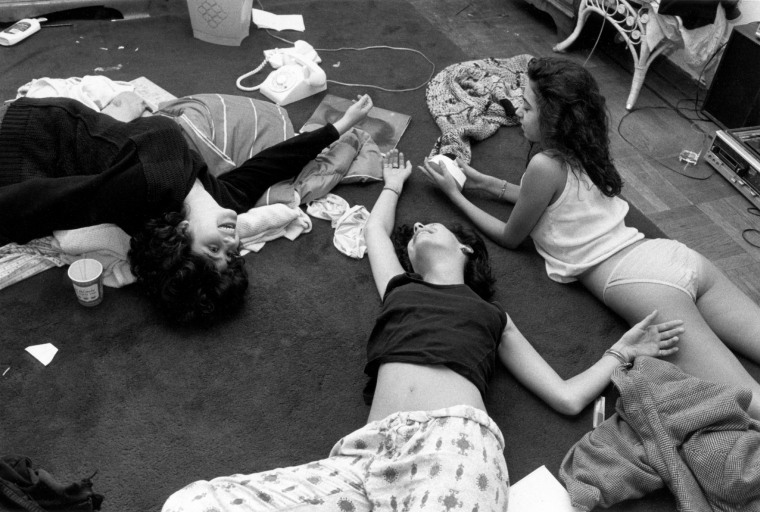
“Those pictures wouldn’t exist in Covid,” Goren said. “There’s such a physical intimacy between us that you’re not allowed now. We’re literally on top of each other on the floor. Our kids lost that.”
While current circumstances may not allow for these kinds of photographs, they are universal in how they can resonate with people far beyond New York City. Over the years, as the project has been published in parts online, Marshall has heard from women around the world who see themselves reflected in her images. Perhaps one of the most surprising for Marshall happened right in her own home as she watched her daughter grow and spend time with friends.
“I would come home sometimes and there would be these people in my living room, and I felt like it was like life imitating art,” Marshall said. “I saw the same thing. There’s this thing that happens, and it always happens.”
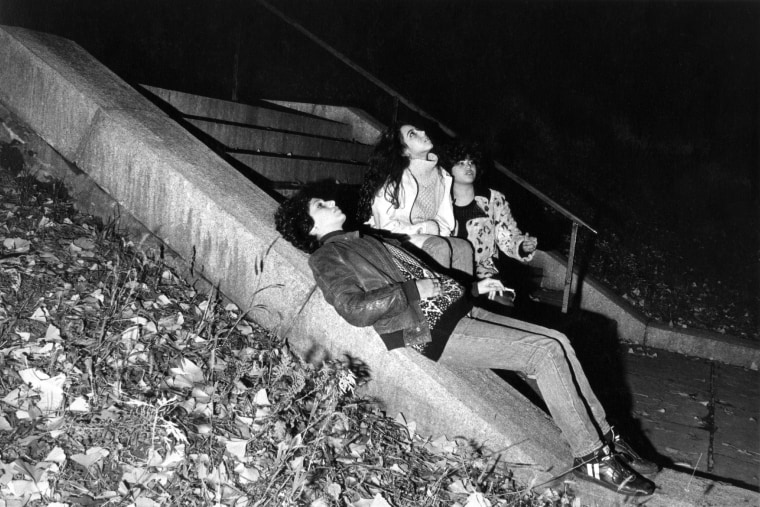
For the women in the book, like Goren and Henry, it is simply a record of their lives and a way to remember the past.
Goren finds herself returning to two images in the book: one of her and Molly leaning over a railing on Riverside Drive and another of her, Molly and Leslie, another friend, sitting back on a staircase looking up at the stars. They’re quiet, contemplative moments, the kind that make for lasting memories.
“That was us,” Goren said.
